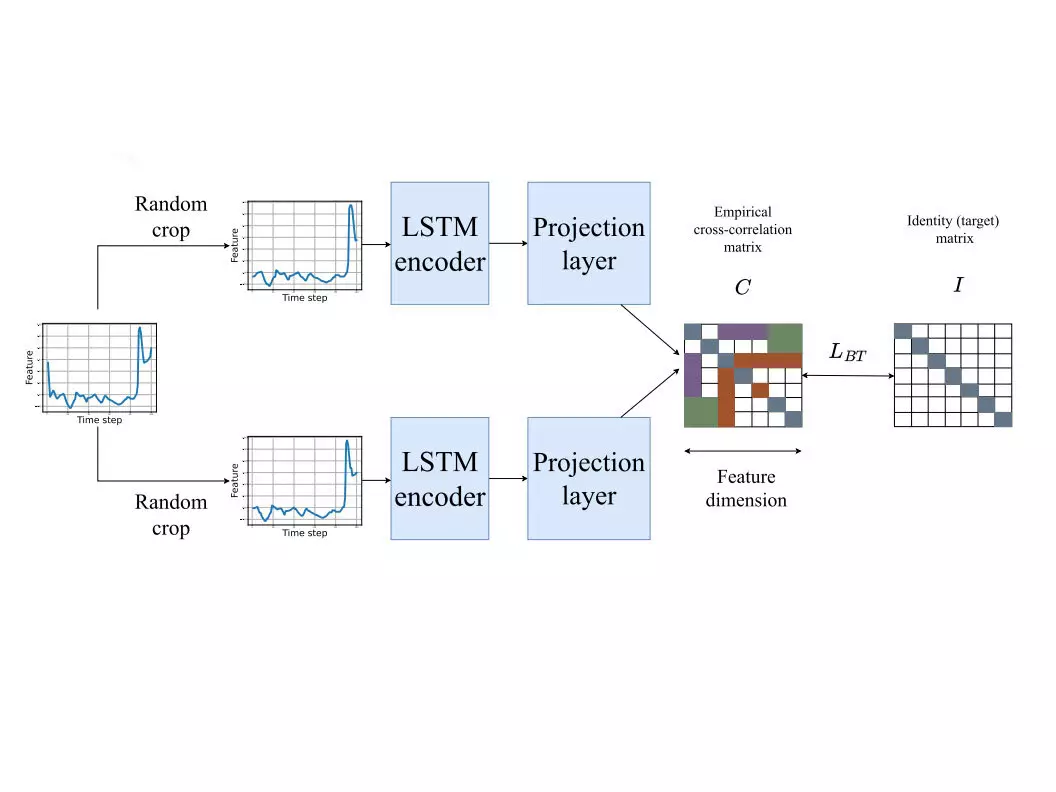A team of researchers from Skoltech has introduced a groundbreaking model aimed at enhancing the planning stage of oil well development. By comparing prospective wells with existing ones in the vicinity, this model can provide valuable data to predict the oil-producing properties of a well and improve drilling techniques. The study, published in IEEE Geoscience and Remote Sensing Letters, offers promising insights into the optimization of oil and gas well development.
Streamlining the Evaluation Process
The process of oil and gas well development can be divided into three stages: discovery, evaluation, and development. During the evaluation stage, important information about the well, such as the volume of oil reserves and their distribution, is gathered. This involves drilling exploration wells and analyzing various indicators, such as layer radioactivity and groundwater mobility. These indicators play a crucial role in making informed decisions during the well development process.
Alexander Marusov, the first author and research engineer at Skoltech, explains, “Currently, oil field evaluation results in fragmented data that are not effectively utilized. Our study aims to construct a model that utilizes these data to create a mathematical representation, a vector, that fully describes the well.” The vector generated by the model contains compressed yet valuable information about the well. In addition to predicting its properties, the model also addresses the problem of drilling in the wrong direction.
Optimizing Drilling Techniques
When drilling deeper into the layers, it is essential to confine drilling to a specific rock type to avoid costly re-drilling in a different direction. Marusov states, “Our model aids in determining the rock type and adjusts the drilling accordingly. The accuracy of rock type prediction in our model is 82%, a significant improvement compared to the previous best result of 59%. This model streamlines decision-making in oil well development.”
Utilizing Self-Supervised Learning
Unlike traditional machine learning methods that rely on labeled data, the model developed by the Skoltech team utilizes self-supervised learning. This approach eliminates the need for labeled data and instead leverages raw data obtained from probes, such as radiation or geophysical signals from exploration wells.
Marusov explains, “Self-supervised learning methods can be categorized into contrastive and noncontrastive approaches. We employed the latter, which focuses on pairs of similar objects, such as intervals of signals from the same well.” This innovative method allows the model to effectively process and analyze the raw data, leading to accurate predictions and optimized drilling techniques.
The introduction of this model marks a significant advancement in the field of oil and gas well development. By utilizing self-supervised learning and analyzing fragmented data, the model provides a comprehensive understanding of wells’ properties and facilitates informed decision-making. The improved accuracy in rock type prediction and optimized drilling techniques offered by this model have the potential to revolutionize the oil and gas industry.


Leave a Reply